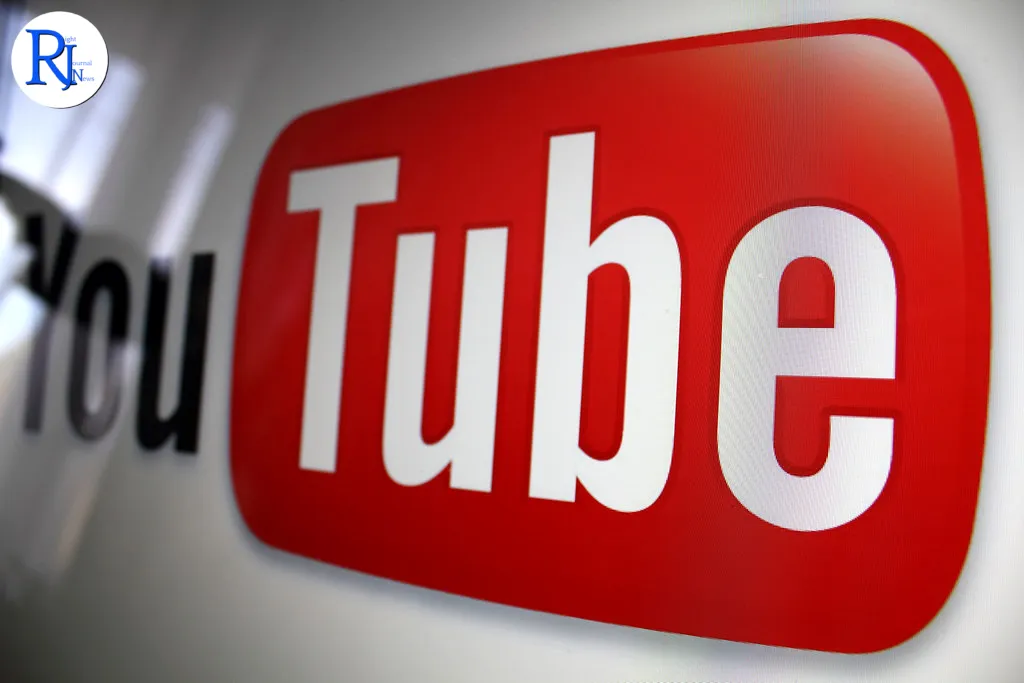Lead:
YouTube said it restored service after a global disruption that stopped many users from streaming videos and accessing the app for about an hour. The outage affected viewers in multiple regions and sparked widespread reports of buffering, failed playback and login issues. The Google-owned platform confirmed the recovery after users flagged problems across devices and networks. The brief breakdown hit one of the world’s largest online services and underscored how quickly a fault can impact creators, advertisers and audiences. While YouTube moved to bring the platform back online, users faced interrupted viewing, stalled uploads and missed live streams. The episode highlighted the platform’s central role in daily media habits and the ripple effects when a service of this scale goes down, even for a short time.
Context and timing:
The disruption occurred on Thursday, 16 October 2025, and lasted for roughly 60 minutes. Reports came from users in different parts of the world, indicating a global impact. YouTube announced that it had restored service soon after the outage window.

A brief but widespread disruption
Users reported that the platform failed to load videos, while others said the app would not open or connect as normal. Some users could browse thumbnails but could not start playback. Others said search and subscriptions pages stalled or returned errors. These symptoms suggested a broad service disruption rather than isolated local faults. The issues affected streaming and access, which made the outage noticeable within minutes.
A one-hour outage can disrupt daily routines for millions of people. Many viewers use YouTube for news updates, music, tutorials, fitness sessions and educational content. Schools, workplaces and creators also rely on the platform for lessons, product demos and live events. When playback fails, live streams miss scheduled start times and creators lose real-time momentum. The brief window matters most to channels that depend on appointments, premieres and sponsored content with fixed schedules.
Company response and user communications
YouTube told users it had restored service following the disruption. Large online platforms typically communicate through official social accounts and help pages during incidents. These updates guide users, confirm the scope and inform when engineers bring systems back online. Clear messages can reduce confusion and stop unnecessary troubleshooting by users.
When services return, platforms often continue to monitor performance and stability. Some users may still see brief glitches while systems rebalance. In most cases, engineers restore core functions first, including playback and access. They then fix slower features, such as history sync, notifications and analytics dashboards. Users can usually return to normal use soon after the main service recovers.
The scale of reliance on YouTube
YouTube ranks among the largest online platforms by audience and watch time. The company reports that more than 2 billion logged-in users visit the service each month. People watch more than a billion hours of video daily. This scale means even short outages affect a significant number of viewers and creators. The platform supports everything from independent vloggers to major media companies and live sports partners.
Creators depend on steady uptime to publish new videos, stream events and maintain engagement. Many creators schedule content to match peak viewing windows in their regions. A missed slot can reduce early momentum and weaken recommendations. Brands also time campaigns around launches, live moments and seasonal events. When the platform stumbles, those plans can slip, budgets can shift and teams need to rebook or re-edit.
Business and advertising implications
Advertising underpins most of YouTube’s revenue. Major brands plan campaigns weeks or months ahead, with precise timing and audience targets. A one-hour disruption may not change a quarterly plan, but it can shift daily pacing. Media buyers often adjust delivery to meet goals after an outage, and they may reallocate impressions across time zones or formats once service returns. For live sponsorships, missed minutes can mean lost exposure, so creators and brands sometimes reschedule or extend streams to meet commitments.
Viewers also behave differently after outages. Some return immediately; others switch to music streaming, short-form apps or on-demand TV and come back later. This churn can affect session length and completion rates on the day of an incident. Platforms track these shifts and tune recommendations to help viewers pick up where they left off. Quick recovery helps limit disruption to viewing habits and reduces the risk of long-term audience drift.
Technical context without speculation
Large platforms rely on distributed systems to deliver video at scale. Content delivery networks cache videos close to viewers. Load balancers route traffic to healthy servers. Redundant systems reduce risk and support quick recovery when faults arise. Configuration changes, software bugs, network routing issues and domain name problems can trigger visible errors. So can failures at external providers that support login, payments or analytics. Strong incident playbooks help teams diagnose and fix faults quickly.
During a disruption, engineers assess patterns, compare regions and roll back recent changes if needed. They also throttle certain functions to stabilise core services. Once they restore streaming and access, they examine logs, verify data integrity and adjust safeguards. Post-incident reviews often lead to additional checks, updated runbooks and changes that reduce the chance of repeat failures. These measures help keep short outages from turning into extended breakdowns.
Perspective from earlier platform outages
Past events show how outages can spread across the internet. In 2020, YouTube experienced a global playback issue that lasted roughly two hours before service returned. Other major services have also faced disruptions, including a high-profile social media outage in 2021 that lasted several hours. These episodes underline the complexity of global platforms and the dependencies they manage. They also show that quick, clear updates help users understand what is happening and what to expect.
While the latest YouTube disruption lasted about an hour, the effect still felt significant because of the platform’s reach. With billions of monthly users and deep integration into work, education and entertainment, even brief interruptions can capture global attention. The rapid restoration in this case aligns with broader efforts by large platforms to reduce downtime and keep core functions resilient.
Practical steps for affected users
When a platform shows widespread errors, users can take simple steps to confirm the scope. They can check official service channels for updates and try a second device or network. Restarting the app or browser can clear local glitches once the service recovers. Users can avoid risky advice that suggests deleting data or changing network settings without cause. In most platform-wide incidents, fixes must happen on the provider’s side.
Creators can plan for contingencies by preparing backup posts, flexible start times and alternate communication channels. When a live stream faces a delay, a quick note on social platforms can keep audiences informed and reduce drop-off. After recovery, channels can reschedule premieres, communicate new timings and review analytics to understand the impact on views and engagement.
Wrap-up:
YouTube brought its service back online after an hour-long global outage that disrupted streaming and app access for many users. The brief breakdown highlighted how central the platform remains to daily media use and how quickly faults at this scale ripple through creators and advertisers. The incident also reinforced the value of swift communication and robust engineering playbooks. With service restored, viewers can return to normal use and creators can reset schedules. The episode serves as a reminder that even the biggest platforms face occasional disruptions, and that clear updates and rapid recovery limit the impact. Users will watch for any follow-up from YouTube, while the company will likely review the incident and refine safeguards to keep the world’s largest video platform stable.

